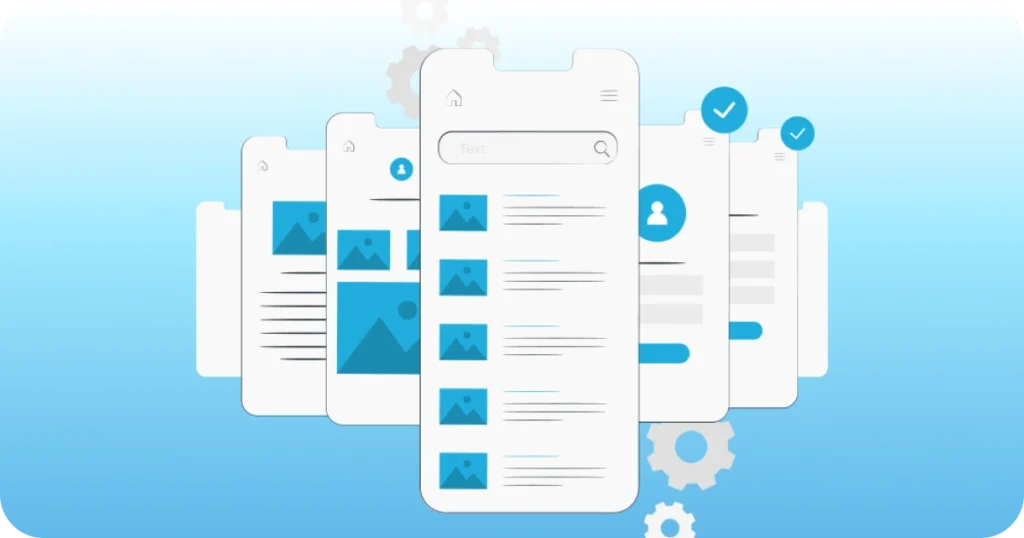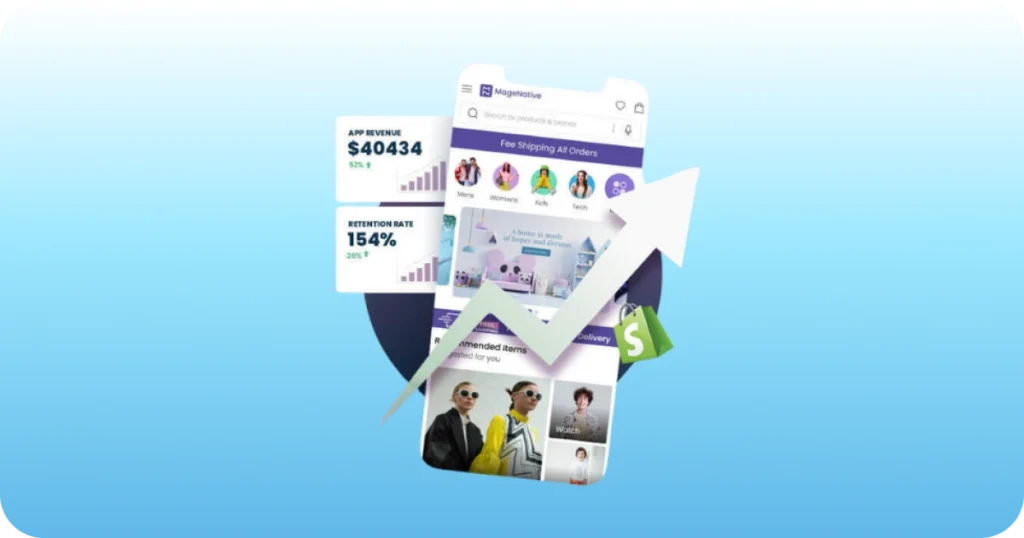User acquisition (UA) campaigns are essential for any app or digital platform looking to grow its user base. By following a structured approach, you can create a campaign that effectively targets, attracts, and engages the right users. Here’s a detailed step-by-step User Acquisition Campaign Guide to planning, launching, and optimizing a successful user acquisition (UA) campaign.
Step 1: Set Clear Goals and KPIs
Start by defining what success looks like for your campaign, as this will shape your entire strategy.
Define Your Primary Objective: Decide if the focus is on increasing downloads, driving sign-ups, or boosting in-app purchases. Each objective requires a unique approach.
Establish Key Performance Indicators (KPIs): Set measurable KPIs that align with your goals. Common KPIs for user acquisition (UA) include:
Cost Per Install (CPI): How much you spend to acquire each new user.
Retention Rate: The percentage of users who remain active over a set period.
Customer Lifetime Value (CLTV): Projected revenue from each user over their lifecycle.
Set Realistic Targets: Base targets on market research, past campaigns, or industry benchmarks. This ensures your goals are both achievable and measurable.
Step 2: Identify Your Target Audience
Knowing your target audience is key to a successful campaign. With a clear understanding of your User Acquisition Campaign Guide, you can tailor ads and placements that resonate with them
Conduct Market Research: Use analytics, surveys, and competitive analysis to gather insights into your potential users’ demographics, behaviors, and preferences.
Create Detailed User Personas: Develop profiles that cover demographics, behaviors, and preferences. Include insights into their typical digital habits and pain points.
Segment Your Audience: Group potential users based on common traits, such as lifestyle, spending habits, or app usage patterns, to deliver more relevant messages.
Step 3: Choose the Right Acquisition Channels
Select the channels most likely to reach and appeal to your target audience based on their online habits and preferences.
Social Media Advertising: Channels like Facebook, Instagram, TikTok, and LinkedIn allow detailed targeting and are effective for both broad and niche audiences.
Search Ads: Google Ads and Apple Search Ads are valuable for targeting users actively searching for similar apps or services.
Influencer Marketing: Partner with influencers to introduce your app to an engaged audience, especially effective in lifestyle and niche markets.
Display Ads and Retargeting: Display ads broaden reach, while retargeting engages users who previously showed interest but didn’t convert.
Affiliate and Referral Programs: Incentivize existing users or affiliates to refer new users, leveraging trusted recommendations to attract high-quality users.
Step 4: Create Compelling Ad Creatives
High-quality, engaging ad creatives are crucial for capturing attention and encouraging users to take action.
Design Visuals that Stand Out: Use high-resolution visuals that align with your brand and are optimized for each platform (e.g., vertical videos for TikTok).
Write Persuasive Messaging: Highlight your app’s unique selling points, focusing on what makes it valuable, whether it’s exclusive features or benefits.
Include a Strong Call-to-Action (CTA): Clear, direct CTAs like “Download Now” or “Start Free Trial” drive immediate responses.
A/B Test Creatives: Test different visuals, messaging, and CTAs to find what resonates most with your audience. Use this data to refine your campaign over time.
Step 5: Set Your Budget and Bid Strategy
Efficiently managing your budget and choosing a smart bid strategy can make a significant difference in your campaign’s performance.
Allocate Budget by Channel: Distribute funds based on the reach and effectiveness of each channel. Shift budgets to top-performing channels as needed.
Choose a Bid Strategy: Platforms like Google Ads offer bidding options like CPC (Cost Per Click), CPM (Cost Per Thousand Impressions), and CPI (Cost Per Install). Select one that aligns with your KPIs.
Monitor and Adjust Spend: Regularly review your ad spend and make adjustments based on performance to ensure budget optimization.
Step 6: Optimize Landing Pages and App Store Pages
The landing page or app store listing is often the final step in converting new users. Ensure these pages are optimized for a smooth user experience.
Optimize App Store Listings: Use relevant keywords, high-quality images, and preview videos. Make the app description concise and feature-rich.
Create Targeted Landing Pages: For external ads, direct users to landing pages specifically designed to convert. Include compelling copy, social proof (like user reviews), and a clear CTA.
A/B Test Elements: Experiment with different headlines, images, and descriptions to see what drives the best results, refining your approach based on user behavior.
Step 7: Launch the Campaign and Monitor Performance
Once your campaign goes live, close monitoring is crucial to ensure it performs as expected and to make necessary adjustments based on real-time data.
Track KPIs in Real-Time: Use analytics tools like Google Analytics, App Annie, or Facebook Ads Manager to monitor key metrics.
Identify Underperforming Ads: If certain ads or channels aren’t meeting KPIs, adjust targeting, creatives, or budgets to improve performance.
Monitor Conversion Rates and User Journey: Regularly check how many users are converting and where they may drop off in the funnel. Address any pain points identified.
Step 8: Analyze Results and Iterate
After the campaign, take time to analyze performance, gather insights, and identify areas for improvement to refine your future acquisition efforts.
Evaluate Overall Performance: Review your KPIs to understand which parts of your campaign succeeded and which areas fell short.
Break Down Channel Performance: Analyze results by channel, ad creative, and user segment to identify top-performing elements.
Identify Key Insights for Future Campaigns: Use data from your campaign to inform future strategies. Recognize what drove engagement and conversions, and apply these insights to optimize future campaigns.
Conclusion
A successful User Acquisition Campaign Guide requires strategic planning, ongoing optimization, and thorough analysis. By setting clear goals, understanding your audience, choosing the right channels, creating compelling ad creatives, managing your budget, and continuously refining your approach, you can run an effective user acquisition (UA) campaign that drives sustainable growth. Each campaign iteration provides valuable insights that help you better understand your audience and refine your tactics, bringing you closer to building a loyal user base for your app or platform.




